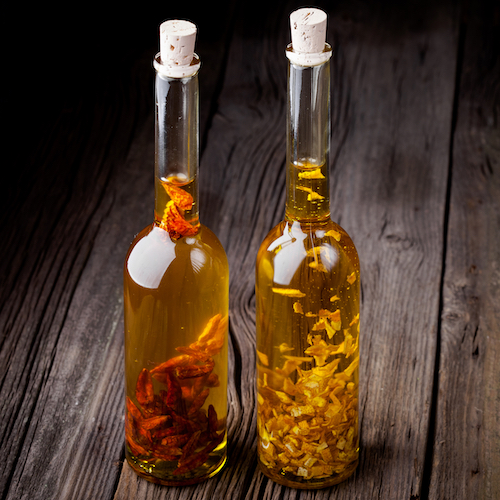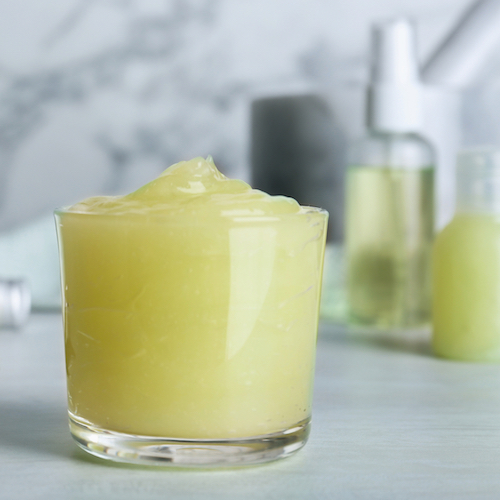
This sparkly festive material has been under scrutiny recently. First, it was microbeads, then microfibres, and now glitter is under the gun for polluting our oceans and marine life for similar reasons: tiny glitter particles are just too small to be filtered out by filtration systems and are wrecking havoc on the environment.
Glitter is even worse environmentally than micro plastic as it’s made up of plastic and aluminium, bonded with polyethylene terephthalate, and is super tiny – making it almost impossible to stop it from dispersing when washed down drains – which is usually the case as it’s commonly used in single-use, washable products such as body glitter and face paint.
Glitter is even worse environmentally than micro plastic as it’s made up of plastic and aluminium, bonded with polyethylene terephthalate, and is super tiny – making it almost impossible to stop it from dispersing when washed down drains – which is usually the case as it’s commonly used in single-use, washable products such as body glitter and face paint.
This is not the best news for kids big and small all over the planet who love decorating with glitter, personally thinking of a world without glitter is more than a little disheartening, I can go without microfibre cloths, polar fleece, polyester (that’s an easy one) and microbeads, which I’ve never liked – so many other options have always existed, but glitter I’m definitely going to miss. After reading and researching the problem with glitter I was very pleased to discover that there are alternative environmentally friendly glitter options.
Fortunately there is another option, phew! Bioglitter is a non-toxic alternative that sparkles just as much as glitter but without the toxic downside, this new glitter is made from a biodegradable film that’s created out of cellulose from eucalyptus trees, it’s free of heavy metals and plastic and can even be composted. If you’re after all that sparkles and looks after the environment too you can find Bioglitter online at BodyFx here’s the link
There’s also one more option, and that’s making your own eco-glitter out of salt, it’s not as sparkly as the colour comes from food colouring, here’s how to make it:
Heat up your oven to 190 degrees Celsius, while you wait mix regular salt with food colouring of your choice until you like the colour you’ve made, then spread the lot onto a baking tray lined with baking paper, bake for around 10 to 15 minutes. Let it cool and use.





About The Author: Grant_admin
More posts by grant_admin